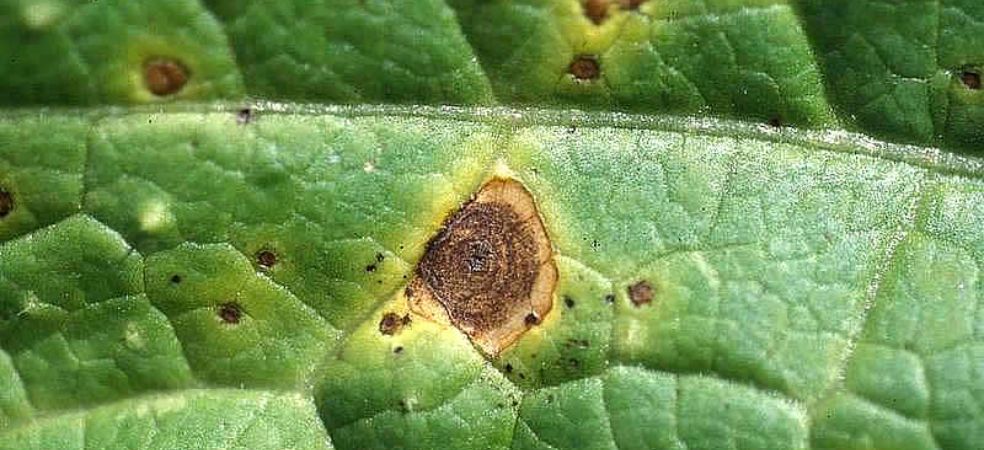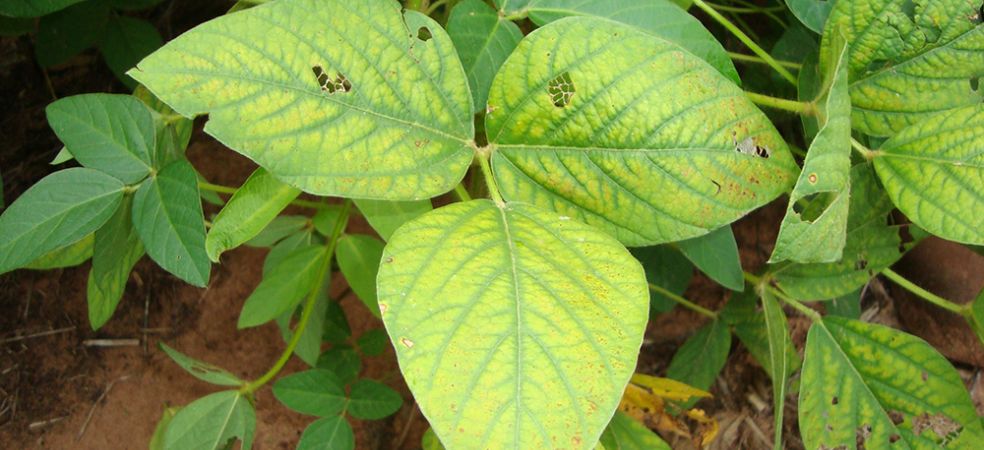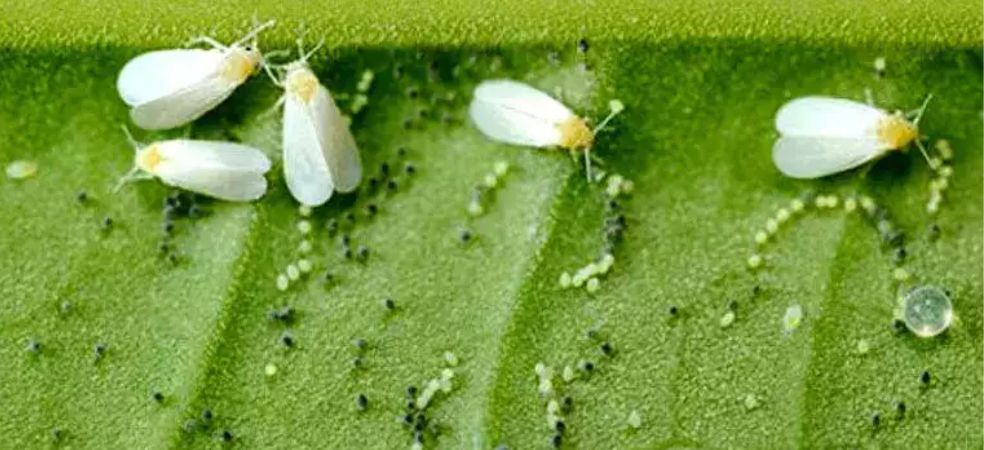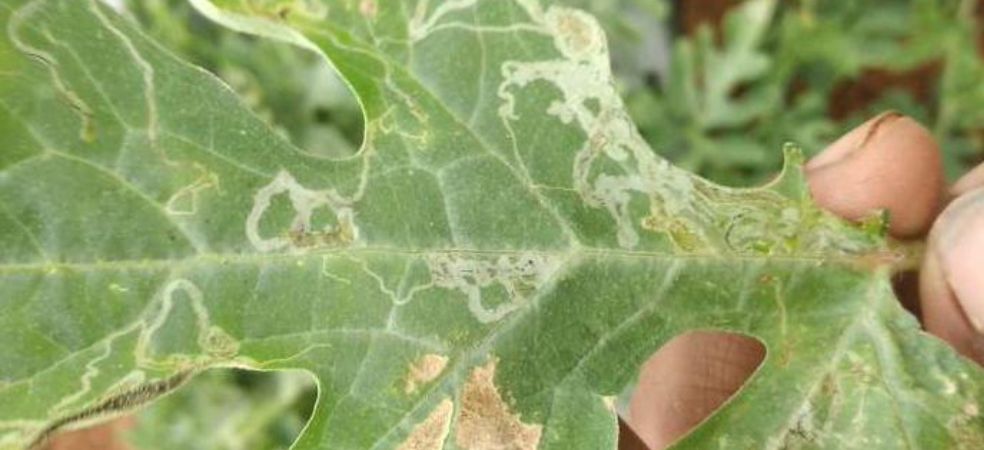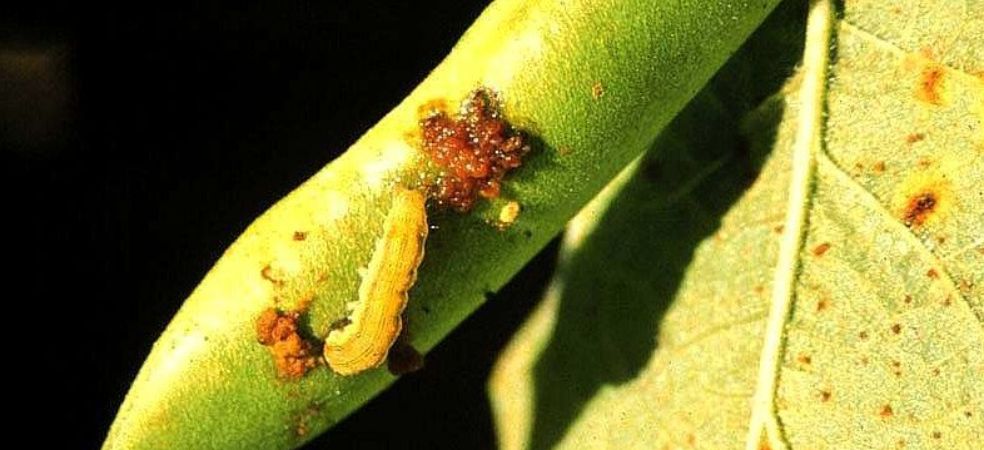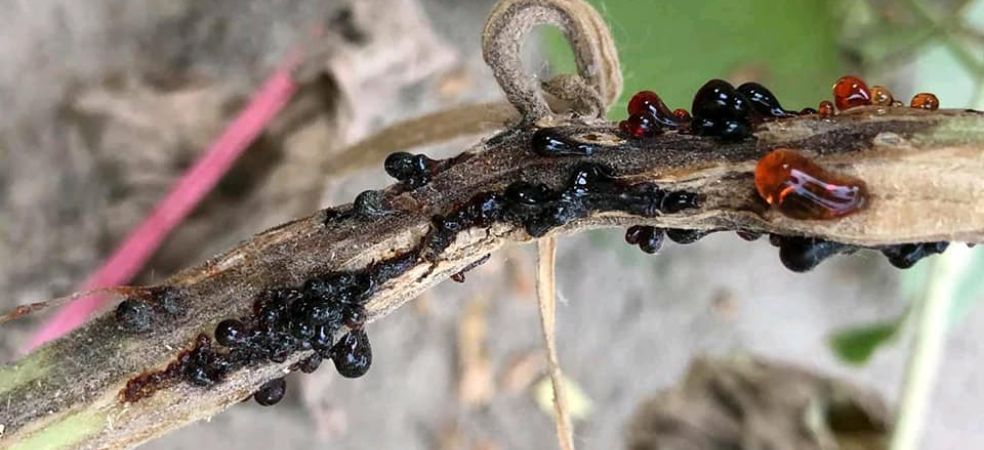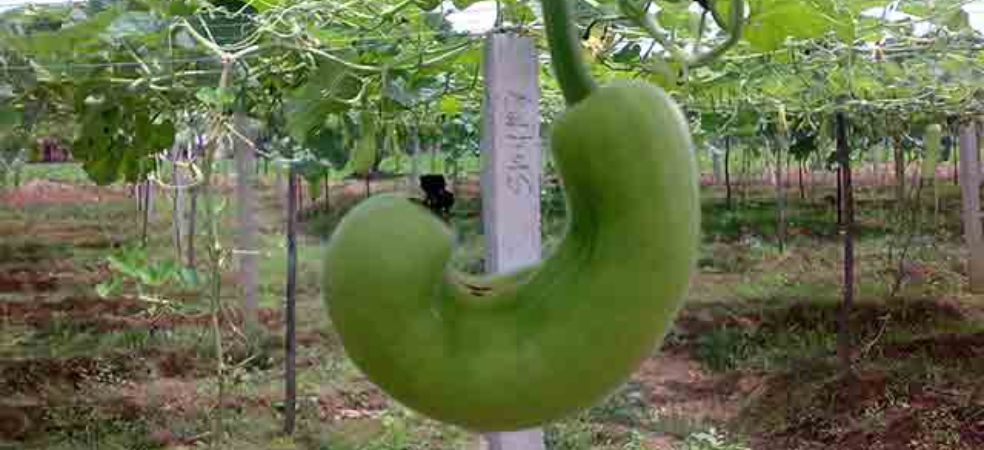-
There are several types of weed outbreaks in cotton. Its attack is more after the first monsoon rain.
-
Common weeds grown in cotton such as Congress grass, (Bermuda grass), Motha, Sanwa, Bathua etc.
-
Weeds compete with the cotton crop for air, water and nutrients and hinder the growth of the crop.
-
The following herbicide are used to control them.
-
Pyrithiobac sodium 10% EC + quizalofop ethyl 5% EC @ 400 ml/acre 1-3 days after the first rains or 3-5 days after spraying.
-
Quizalofop ethyl 5% EC @ 400 ml/acre or PropQuizfop 10% EC @ 400 ml/acre for narrow leaf.
-
Using herbicide can save cotton crop from the damage.
ShareWith the sowing of the crop, connect your farm with the My Farm section of Gramophone app and keep on getting the exact advice and solutions related to smart agriculture throughout the crop cycle. Share this article with your friends with the share button below.



